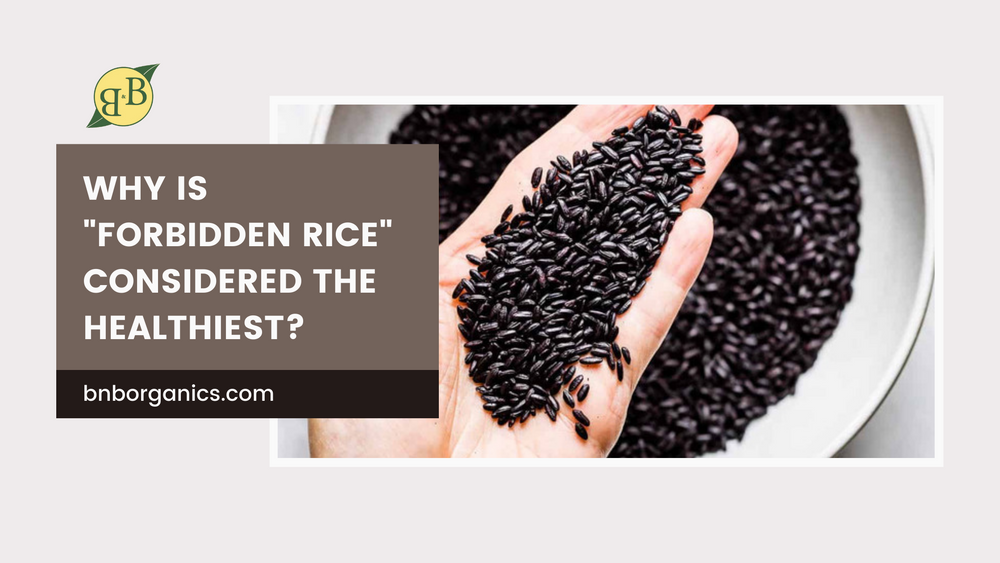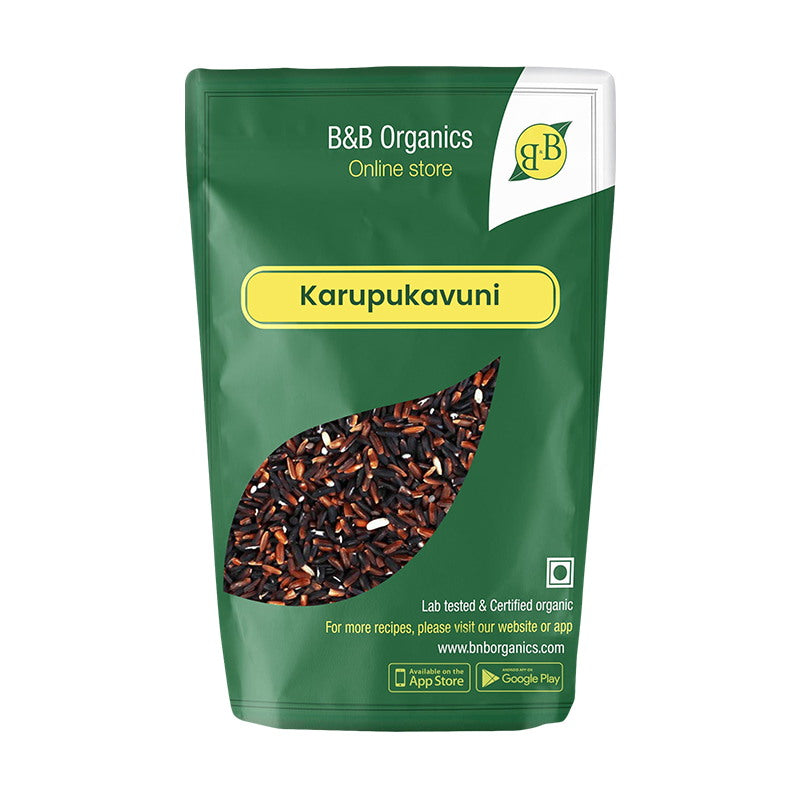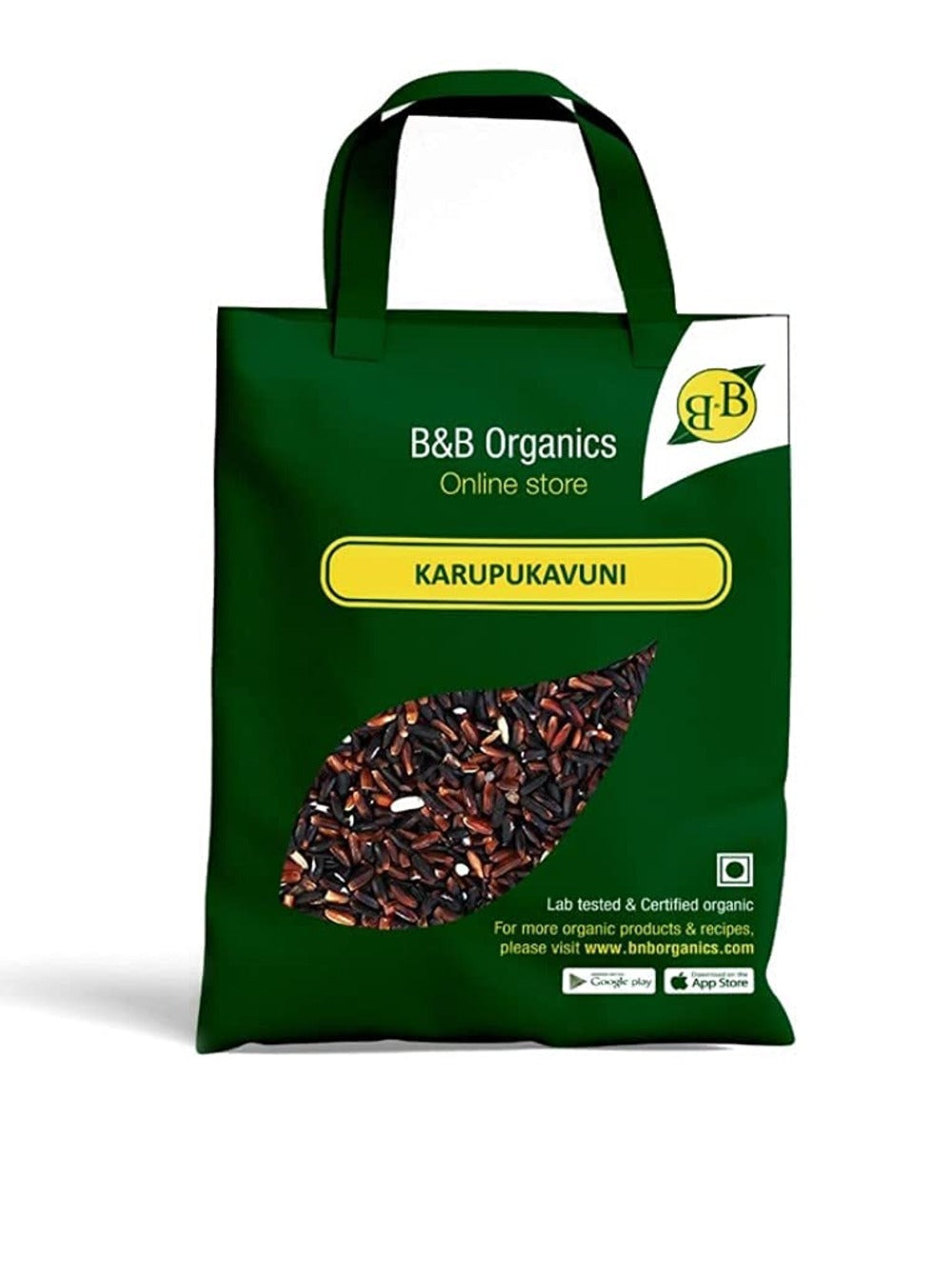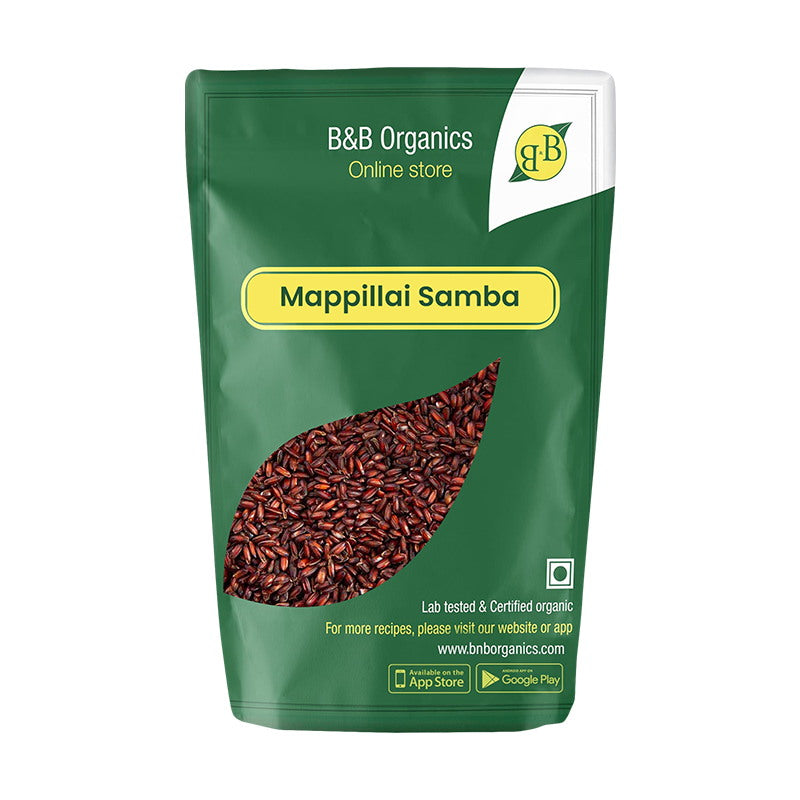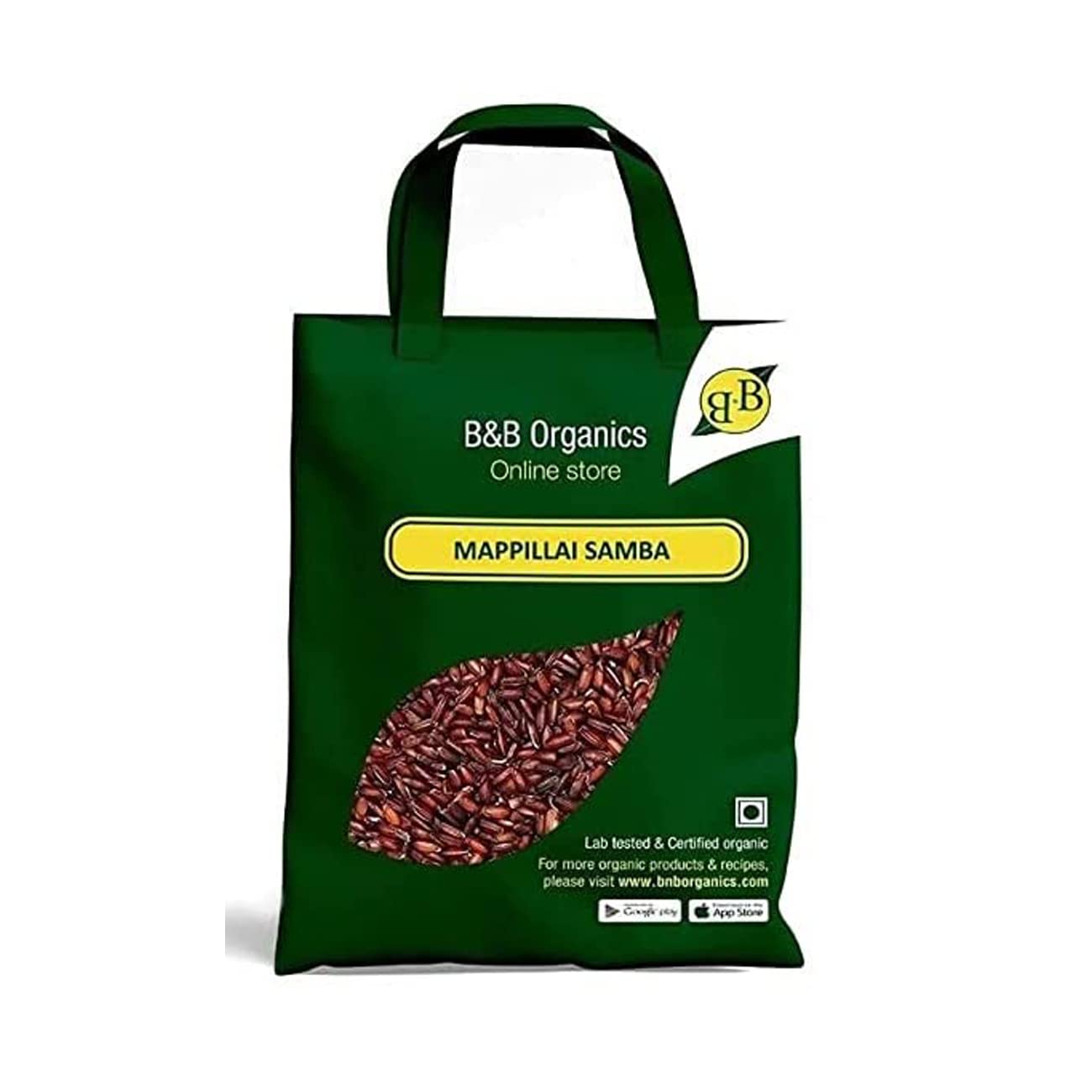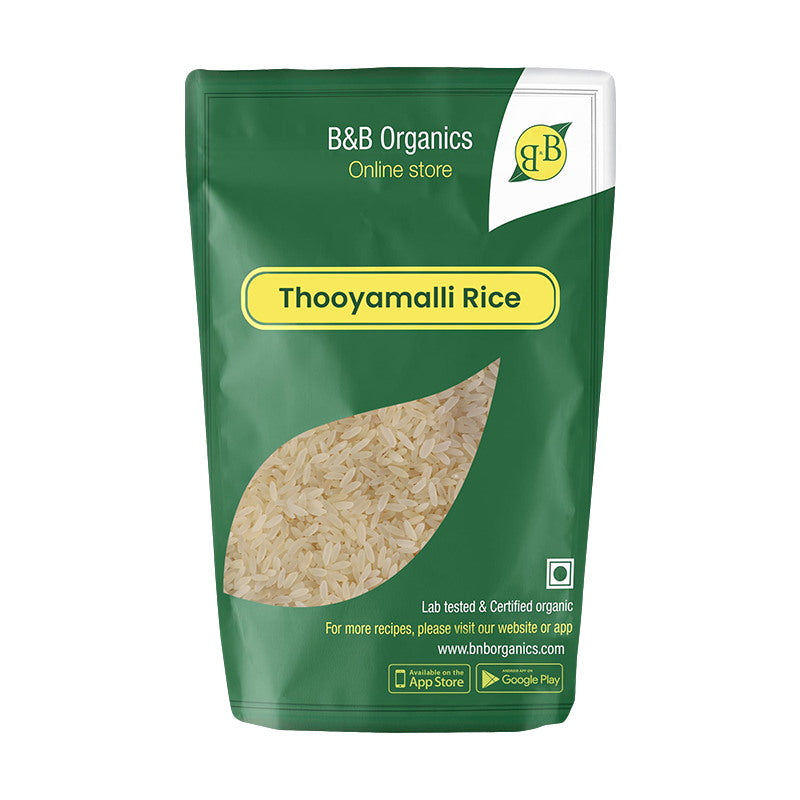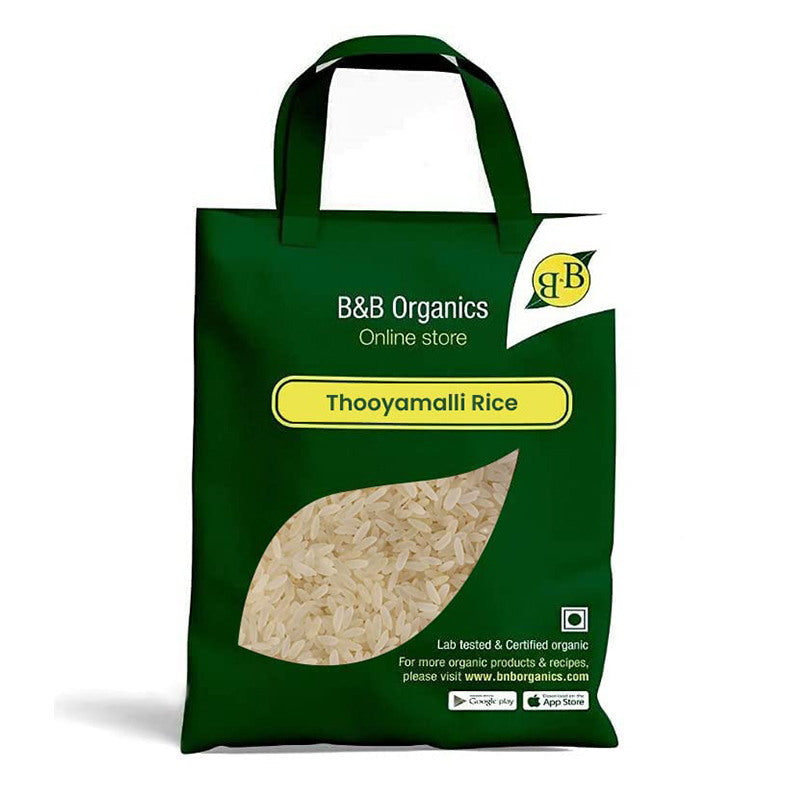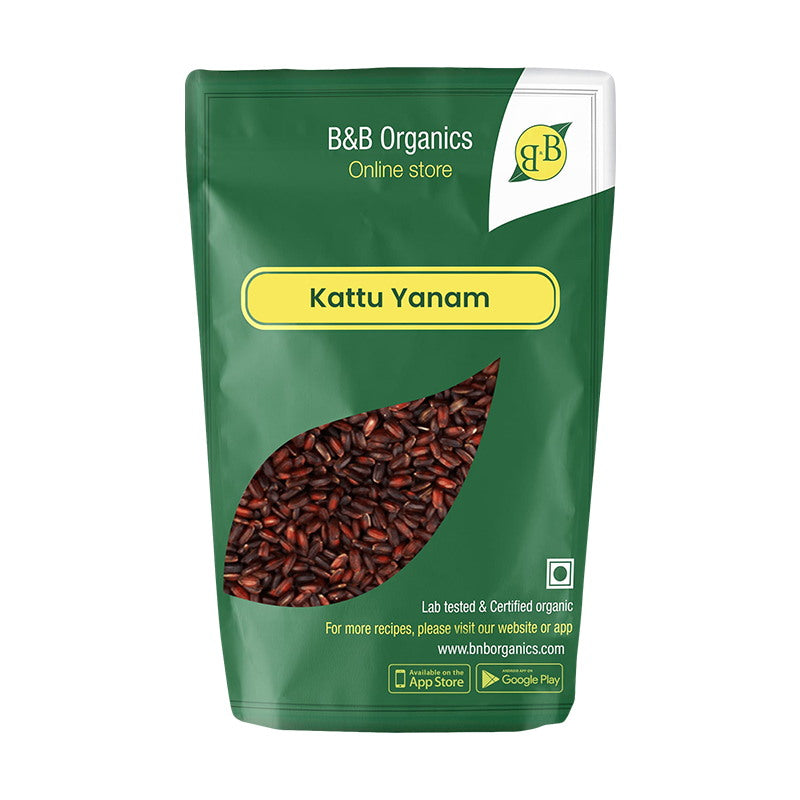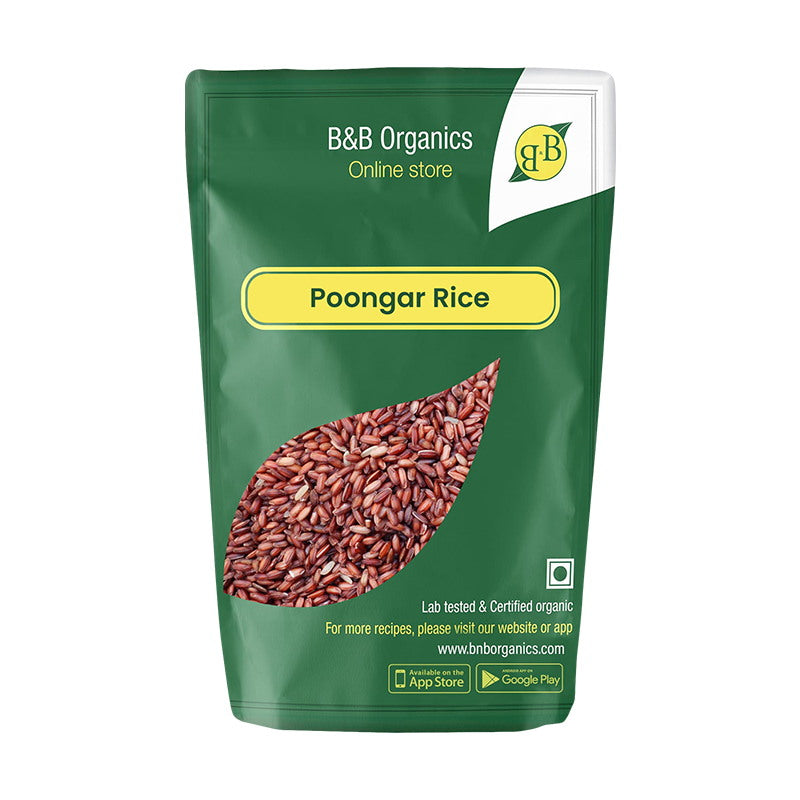Black rice, also identified as "emperor's rice" or "forbidden rice," is getting more and more well-liked because of its high antioxidant compounds and greater nutritive quality. The Chinese emperor used to be permitted to consume only

forbidden rice in order to maintain his durability and great health, thus the title "forbidden rice." Medium-grain, non-glutinous heirloom rice recognized as "forbidden rice" has a nutty, mildly sweet taste and a deep purple color. Anthocyanins, antioxidant pigments that lend this whole-grain rice its unique color, are plentiful in it. Forbidden rice has a greater protein and iron content than other varieties of rice, and in Chinese medicine, it is viewed as being among the "Healthiest."
The Source:
Hundreds of variants of modern rice can be followed back to single rice cultivation that began in China roughly ten thousand years ago. Black rice, on the other hand, is one-of-a-kind. Its abundant anthocyanin content, which also provides purple corn, purple cauliflower, and blood oranges their reddish hues, is really what offers them their purplish black color. Anthocyanin is an antioxidant that also reveals blueberries, eggplant, concord grapes, acai berries, as well as other food products in their unique tones.
The majority of rice that is risen for food yields white grains, but a genetic variant brings life to the color of black rice. A mutation in a gene that handles anthocyanin reorganized to create black rice, as per Japanese researchers. This

genetic variation happened in a distinct species of rice. Cross-breeding too has permitted the propagation of the rice and it has expanded to certain other rice lifeforms.
The Growing Process:
Black rice is harder to cultivate than other varieties of rice as it only produces about 10% of the produce of other varieties of rice. Due to its high cost, rice has been originally only accessible to the richest of the rich, that at the moment of its exploration intended for the Chinese royal family. The grain rises in Southeastern Asian countries such as Thailand, India, China, and Indonesia.. Due to its widespread use in Western countries, it is now cultivated in tiny amounts in the Southern United States.
The Nutrition Facts:
Black rice has greater fiber content and protein than red, brown, or white rice. It is a powerhouse of nutrients due to this and the higher proportion of anthocyanins. Black rice has 160 calories, 1½ g of fat, 34 grams of carbs, 2 g of fiber, 5 grams of protein, and 4% iron in a half cup serving, which is formed from around a quarter cup of uncooked rice.
How to Prepare Black Rice:
Black rice can be prepared similarly to other varieties of rice. After the water brings to a boil, add the rice and simmer, covered until the rice is soft and the liquid has been soaked up. Black rice differs from other kinds of rice in that it requires about 10 more minutes to boil.
Black rice can quickly be included in recipes and meals in place of white rice to provide a more intriguing briefing and a nutrient increase. Thai black sticky rice pudding, a decadent dessert that is not just comforting and sweet but also wholesome, also tastes amazing once formed with forbidden rice.


